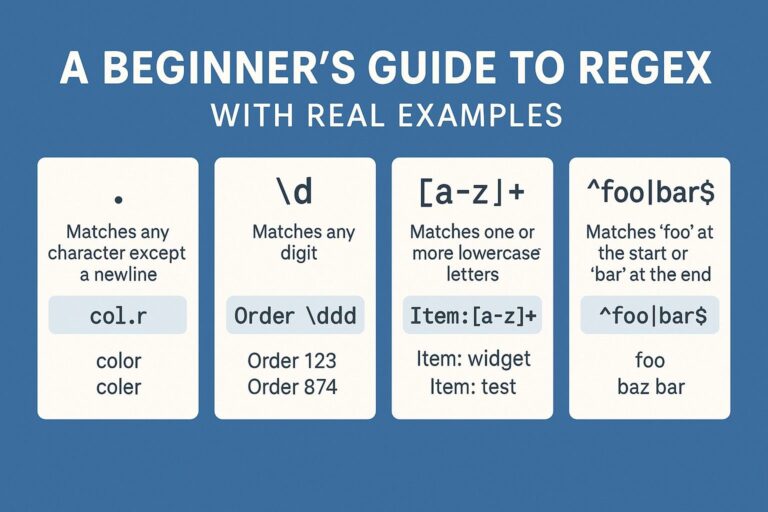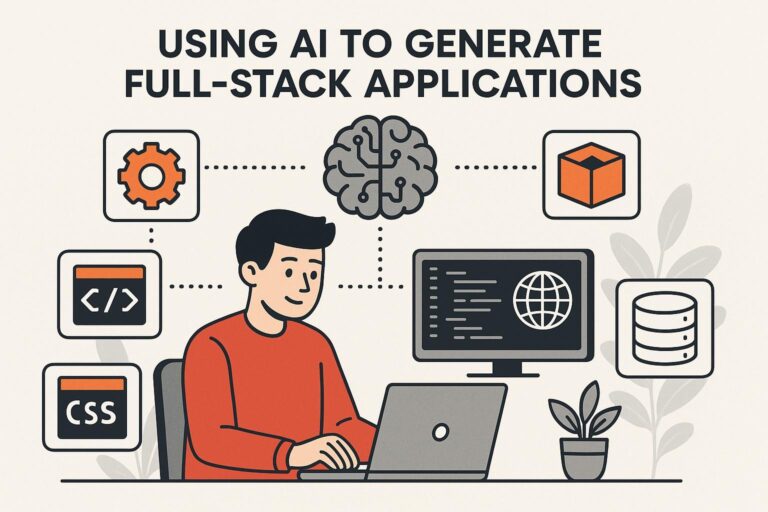
In today’s digitally interconnected world, cybersecurity threats have become more pervasive, persistent, and sophisticated. With the rise of cloud-native platforms, mobile-first access, and hybrid work environments, the traditional perimeter-based security models—where trust was implicitly granted to users inside the network—are no longer sufficient. Organizations are recognizing the need for a paradigm shift in their security posture, and that shift is embodied in the Zero Trust Security model.
Zero Trust is not a singular technology or product. It is a comprehensive and strategic framework that enforces strict identity verification and access controls at every layer of an organization’s digital infrastructure. At its core, it operates on a foundational assumption: trust nothing by default—not users, not devices, not applications—regardless of their origin.
Understanding Zero Trust Security
Zero Trust Security is a modern cybersecurity framework designed to reduce risk in increasingly complex IT environments. Unlike traditional models that create a trusted internal network protected by a perimeter firewall, Zero Trust assumes that threats exist both inside and outside the network. This means every access request must be explicitly verified, validated, and continuously monitored.
The shift to Zero Trust is primarily driven by the evolving threat landscape, user mobility, and the decentralization of enterprise data across various cloud services and devices. With a Zero Trust model, no entity gains access without verification, and even then, access is limited strictly to what is necessary for a specific task or function.
Core Principles of Zero Trust
Zero Trust is governed by a set of well-defined principles that form the foundation of its architecture:
1. Verify Explicitly
Every request for access must be authenticated, authorized, and encrypted based on multiple context signals, such as user identity, device health, location, and time of request. This involves enforcing strong multi-factor authentication (MFA), identity verification, and device compliance checks.
2. Use Least Privilege Access
Users, applications, and services should only be given access to the resources they absolutely need. By implementing least privilege access through role-based access control (RBAC) or just-in-time (JIT) access provisioning, organizations can minimize the risk of overexposure and lateral movement in case of a breach.
3. Assume Breach
Operate with the assumption that an attacker is already inside the network. This encourages proactive threat containment strategies such as microsegmentation, intrusion detection, and rapid incident response to limit potential damage.
Why Traditional Security Models Fall Short
The outdated “castle-and-moat” approach treats the corporate firewall as the primary defense mechanism. Once users pass through the perimeter, they are often granted broad access to internal systems. This model is fundamentally flawed in modern IT environments where:
- Employees work remotely across unsecured networks
- Sensitive data is stored in multi-cloud infrastructures
- Third-party vendors and contractors require network access
- IoT and unmanaged devices proliferate in the workplace
These dynamics dramatically increase the attack surface and create blind spots in monitoring and control. Recent cyberattacks such as SolarWinds, Colonial Pipeline, and various ransomware campaigns have exploited these weaknesses by gaining initial access and moving laterally within the network.
Why Zero Trust Matters Now
Zero Trust is more relevant than ever for several compelling reasons:
1. The Explosion of Remote and Hybrid Work
The global shift to remote work has changed how and where users access resources. Employees now connect from home networks, shared workspaces, and mobile devices—many of which fall outside traditional security perimeters. Zero Trust ensures that every connection is validated and monitored, regardless of location.
2. Proliferation of Cloud and SaaS Platforms
Cloud computing has transformed enterprise infrastructure. Critical applications and data now reside in public, private, and hybrid clouds. With services like Microsoft 365, Google Workspace, and Salesforce hosting sensitive data, Zero Trust offers a way to enforce consistent access policies across distributed systems.
3. Escalating Cyber Threats
Attackers are deploying increasingly complex techniques such as social engineering, supply chain compromises, fileless malware, and advanced persistent threats (APTs). By eliminating implicit trust and requiring continuous verification, Zero Trust significantly reduces the likelihood of such attacks succeeding.
4. Regulatory and Compliance Demands
Regulations such as the General Data Protection Regulation (GDPR), Health Insurance Portability and Accountability Act (HIPAA), and PCI DSS require strict controls over access to sensitive information. Moreover, government mandates like NIST SP 800-207 are urging public and private sector organizations to adopt Zero Trust frameworks.
Key Components of a Zero Trust Architecture
A robust Zero Trust architecture is built on an integrated set of technologies and policies. Key components include:
1. Identity and Access Management (IAM)
IAM systems enforce policies for authenticating users and devices. This includes MFA, single sign-on (SSO), conditional access policies, and identity federation. Identity is the new perimeter in a Zero Trust environment.
2. Device Security and Compliance
All endpoints—whether company-issued or BYOD—must meet compliance standards. Tools like endpoint detection and response (EDR) and mobile device management (MDM) help evaluate device health before granting access.
3. Network Microsegmentation
Rather than relying on a flat network architecture, Zero Trust segments networks into isolated zones. This helps contain breaches and prevents attackers from moving laterally within the infrastructure.
4. Continuous Monitoring and Behavioral Analytics
Zero Trust requires real-time visibility into user activity, data flows, and network traffic. Security information and event management (SIEM) systems, user and entity behavior analytics (UEBA), and anomaly detection tools play a critical role.
5. Data Security and Loss Prevention
Data should be classified, encrypted, and protected at rest and in transit. Data loss prevention (DLP) and rights management systems help restrict unauthorized access and sharing of sensitive information.
6. Automation and Orchestration
Automated incident response, security playbooks, and policy enforcement ensure rapid, consistent action across systems without requiring manual intervention.
Steps to Implement a Zero Trust Model
Adopting Zero Trust is a journey that requires careful planning, collaboration, and execution. Here is a high-level roadmap:
Step 1: Assess Your Current Security Posture
Conduct a comprehensive audit of your existing infrastructure, assets, users, and access controls. Identify gaps, vulnerabilities, and high-risk areas.
Step 2: Define the Protect Surface
Unlike traditional models that secure the entire attack surface, Zero Trust focuses on the “protect surface”—a much smaller scope that includes your most critical data, applications, and assets (e.g., customer data, intellectual property).
Step 3: Map Data and Transaction Flows
Understand how data flows between users, devices, applications, and systems. This helps identify chokepoints and design better access control strategies.
Step 4: Implement Strong Identity Controls
Deploy robust IAM solutions with MFA, passwordless authentication, and identity federation across cloud and on-prem environments.
Step 5: Establish Microsegmentation and Access Policies
Design network policies to limit lateral movement. Enforce role-based access, least privilege, and just-in-time access mechanisms.
Step 6: Deploy Monitoring and Analytics
Utilize security analytics tools to detect anomalies, generate alerts, and gain visibility into user behavior and system health.
Step 7: Continuously Improve and Expand
Zero Trust is not a one-time project. Regularly revisit policies, expand the protect surface, and fine-tune access rules as your organization evolves.
Challenges in Adopting Zero Trust
Despite its benefits, implementing Zero Trust is not without its obstacles:
- Legacy Infrastructure: Older systems may lack support for modern authentication protocols or segmentation capabilities.
- Organizational Resistance: Users and departments may resist change, especially when stricter controls affect convenience.
- Integration Complexity: Bringing together identity, device, network, and data layers requires interoperability between tools and vendors.
- Initial Costs: While Zero Trust can reduce long-term costs associated with breaches, initial investments in tools and training may be significant.
- Skill Gaps: Effective implementation requires skilled personnel with expertise in IAM, cloud security, and network architecture.
These challenges can be addressed through strong leadership support, change management strategies, and phased rollouts.
Final Thoughts
Zero Trust Security is not merely a trend; it is a critical and sustainable approach to defending against modern cyber threats. By removing assumptions of trust and enforcing continuous verification, Zero Trust significantly enhances an organization’s ability to prevent, detect, and respond to attacks.
In an age where users work from anywhere, data lives in the cloud, and threats evolve rapidly, organizations can no longer rely on outdated security models. Implementing Zero Trust is a proactive step toward building a more resilient, agile, and secure digital ecosystem.
Organizations that begin their Zero Trust journey today are better positioned to navigate future challenges with confidence, ensuring both operational continuity and robust protection for their most valuable digital assets.

I’m Shreyash Mhashilkar, an IT professional who loves building user-friendly, scalable digital solutions. Outside of coding, I enjoy researching new places, learning about different cultures, and exploring how technology shapes the way we live and travel. I share my experiences and discoveries to help others explore new places, cultures, and ideas with curiosity and enthusiasm.






